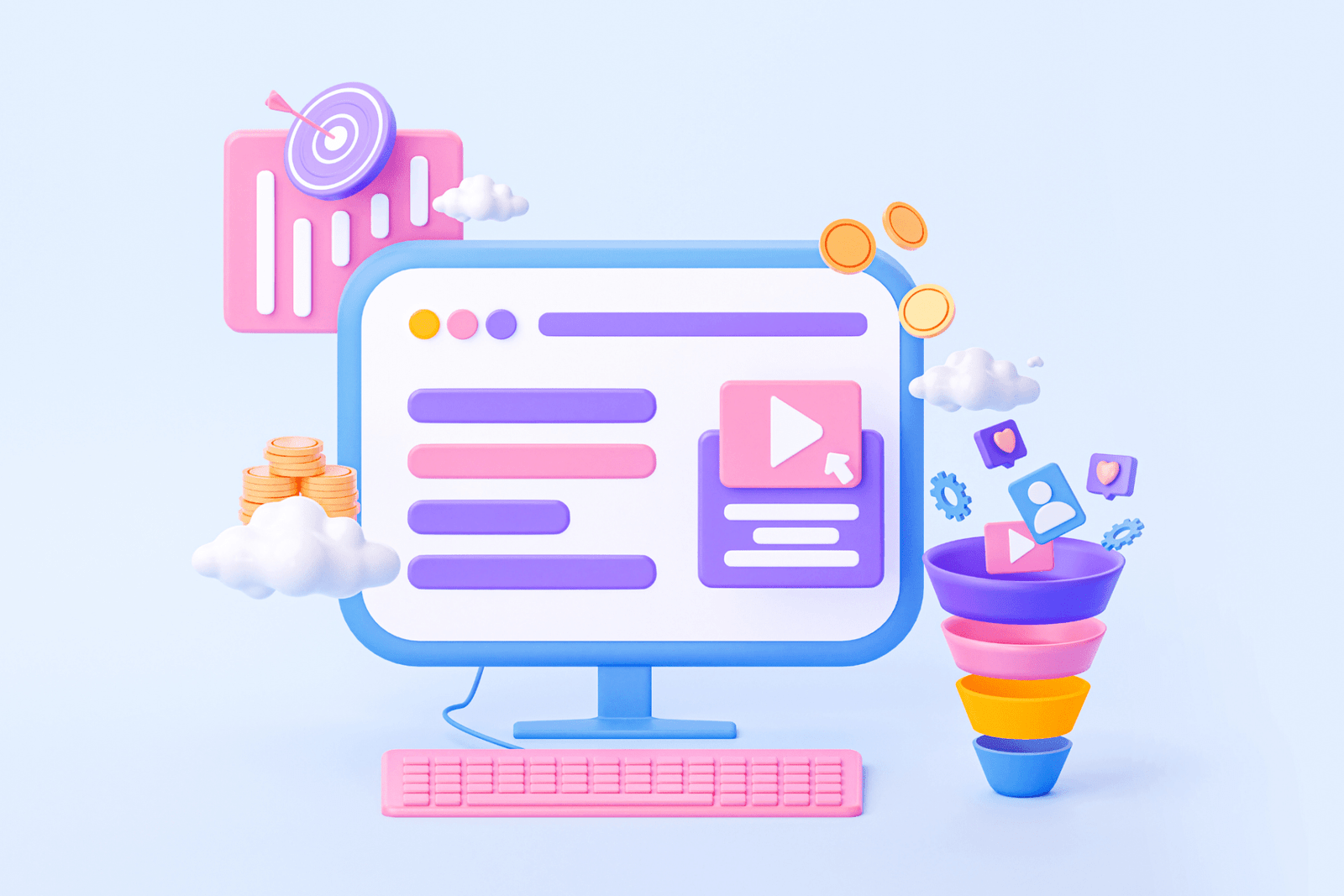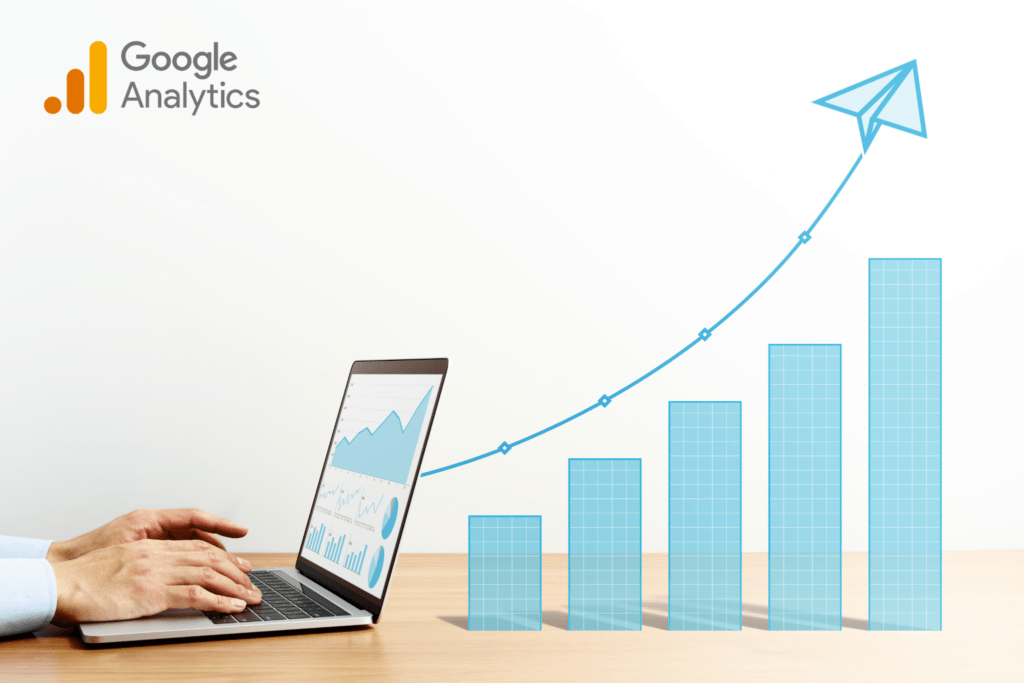Navigating the world of digital marketing can feel overwhelming with so many channels available. But don’t worry, I’m here to help break it down. Let’s explore the different digital marketing channels together, making it simple and straightforward.
Real Questions and Worries
Before diving in, let’s address some common questions:
- “What are digital marketing channels?”
- “How do I choose the right channels for my business?”
- “What are the benefits of each channel?”
These are all valid concerns, and by the end of this guide, you’ll have a clear understanding of digital marketing channels and how to choose the best ones for your business.
What are Digital Marketing Channels?
Digital marketing channels are platforms and tools used to promote products and services online. These channels enable businesses to reach their target audience, engage with customers, and drive traffic and conversions.
Keyword: digital marketing channels
Key Digital Marketing Channels
1. Search Engine Optimization (SEO)
SEO is the process of optimizing your website to rank higher in search engine results pages (SERPs). Higher rankings lead to increased visibility and organic traffic.
- On-Page SEO: Optimizing individual web pages with relevant keywords, meta tags, and high-quality content.
- Off-Page SEO: Building backlinks and promoting your site through other reputable sources.
- Technical SEO: Ensuring your site is technically sound, with fast load times, mobile-friendliness, and secure connections (HTTPS).
2. Content Marketing
Content marketing involves creating and sharing valuable content to attract and engage your target audience. This can include blog posts, videos, infographics, and more.
- Blogging: Writing articles on topics relevant to your audience.
- Video Content: Producing informative or entertaining videos.
- E-books and Guides: Offering in-depth resources to your audience.
3. Social Media Marketing
Social media marketing involves using social media platforms to promote your brand and connect with your audience. Popular platforms include Facebook, Instagram, Twitter, LinkedIn, and TikTok.
- Content Sharing: Posting regular updates, images, and videos.
- Engagement: Interacting with followers through comments, messages, and likes.
- Advertising: Running paid campaigns to reach a broader audience.
4. Email Marketing
Email marketing is the practice of sending targeted emails to your audience to promote your products, share news, or build relationships.
- Newsletters: Regularly updating your subscribers with company news, tips, and promotions.
- Automated Emails: Sending personalized emails based on user behavior, such as welcome emails or abandoned cart reminders.
- Promotional Emails: Highlighting special offers, discounts, or new product launches.
5. Pay-Per-Click (PPC) Advertising
PPC advertising is a model where you pay each time someone clicks on your ad. Google Ads is one of the most popular PPC platforms, but you can also run PPC campaigns on social media platforms.
- Search Ads: Ads that appear in search engine results.
- Display Ads: Banner ads on websites.
- Social Media Ads: Sponsored posts or ads on social media platforms.
6. Affiliate Marketing
Affiliate marketing is a performance-based marketing strategy where you pay affiliates (partners) a commission for driving traffic or sales to your website.
- Affiliate Links: Special links used by affiliates to track traffic and sales.
- Commission Structures: Payments based on sales, leads, or clicks.
7. Influencer Marketing
Influencer marketing involves partnering with influencers (people with a large following) to promote your products or services. This can help you reach new audiences and build trust through the influencer’s credibility.
- Sponsored Posts: Paying influencers to create content featuring your product.
- Product Reviews: Sending products to influencers for honest reviews.
- Brand Ambassadors: Long-term partnerships with influencers who regularly promote your brand.
8. Video Marketing
Video marketing involves creating and sharing videos to promote your brand, educate your audience, or entertain viewers. Platforms like YouTube, Vimeo, and social media are popular for video marketing.
- Tutorials: How-to videos that provide value to your audience.
- Product Demos: Showcasing how your product works.
- Webinars: Hosting live or recorded sessions on relevant topics.
9. Display Advertising
Display advertising involves placing banner ads on websites, apps, and social media. These ads can be static images, animated graphics, or videos.
- Banner Ads: Rectangular ads that appear at the top, bottom, or sides of a webpage.
- Interstitial Ads: Full-screen ads that appear at natural transition points, like between game levels.
- Native Ads: Ads that blend seamlessly with the content of the website, appearing as recommended articles or videos.
Choosing the Right Digital Marketing Channels
1. Understand Your Audience
Knowing your audience is crucial. Consider factors like demographics, interests, and online behavior. Tools like Google Analytics and social media insights can help.
2. Define Your Goals
What do you want to achieve with your digital marketing efforts? Common goals include increasing brand awareness, driving traffic to your website, generating leads, or boosting sales.
3. Evaluate Your Resources
Consider your budget, team, and available tools. Some channels may require more investment or expertise than others.
4. Test and Optimize
Start with a few channels that align with your goals and audience. Track your performance and optimize your strategies based on what works best.
Benefits of Each Digital Marketing Channel
SEO
- Long-Term Results: Sustainable traffic growth.
- Cost-Effective: No direct costs per click.
- Credibility: High organic rankings build trust.
Content Marketing
- Engagement: Keeps your audience informed and engaged.
- SEO Boost: High-quality content improves search rankings.
- Authority: Positions your brand as an industry leader.
Social Media Marketing
- Reach: Access to a large audience.
- Engagement: Direct interaction with customers.
- Virality: Potential for content to go viral.
Email Marketing
- Direct Communication: Personal and targeted messaging.
- Cost-Effective: Low cost per contact.
- Measurable: Track open rates, clicks, and conversions.
PPC Advertising
- Immediate Results: Quick traffic generation.
- Targeted: Reach specific demographics and interests.
- Measurable: Detailed performance tracking.
Affiliate Marketing
- Performance-Based: Pay only for results.
- Extended Reach: Leverage affiliates’ audiences.
- Cost-Effective: Low upfront costs.
Influencer Marketing
- Credibility: Trust built through influencers.
- Reach: Access to influencers’ followers.
- Engagement: Authentic content creation.
Video Marketing
- Engagement: Highly engaging and shareable.
- SEO Boost: Improves search rankings.
- Versatility: Can be used across multiple platforms.
Display Advertising
- Visibility: High visibility on popular websites.
- Retargeting: Bring back previous visitors.
- Brand Awareness: Increases recognition.
Stories and Examples
The Local Bakery Example
Imagine you run a local bakery. Here’s how you might use different digital marketing channels:
- SEO: Optimize your website for local search terms like “best bakery in [your city].”
- Content Marketing: Start a blog sharing baking tips and recipes.
- Social Media: Post mouth-watering images of your pastries on Instagram and engage with followers.
- Email Marketing: Send out a monthly newsletter with special offers and new product announcements.
- PPC Advertising: Run Google Ads targeting people searching for “fresh bread near me.”
- Affiliate Marketing: Partner with local food bloggers to promote your bakery.
- Influencer Marketing: Collaborate with local influencers to showcase your products.
- Video Marketing: Create short videos of your baking process and share them on YouTube and social media.
- Display Advertising: Place banner ads on local news websites to reach a broader audience.
The Online Fitness Coach Example
Or perhaps you’re an online fitness coach:
- SEO: Optimize your website for fitness-related keywords.
- Content Marketing: Write articles on fitness tips and nutrition advice.
- Social Media: Share workout videos and client success stories on Facebook and Instagram.
- Email Marketing: Send personalized workout plans and fitness tips to your subscribers.
- PPC Advertising: Use Facebook Ads to target people interested in fitness and health.
- Affiliate Marketing: Partner with fitness bloggers to promote your online classes.
- Influencer Marketing: Work with fitness influencers to reach their followers.
- Video Marketing: Host live workout sessions on YouTube.
- Display Advertising: Run ads on fitness-related websites and blogs.
FAQs about Digital Marketing Channels
1. Do I need to use all digital marketing channels?
No, you don’t need to use all channels. Focus on the ones that align with your goals, audience, and resources.
2. How do I know which channels are working?
Use analytics tools to track key metrics like traffic, engagement, and conversions. Regularly review your data to see what’s performing well.
3. Can I switch channels if one isn’t working?
Yes, digital marketing is flexible. If a channel isn’t delivering results, you can adjust your strategy or try a different channel.
4. How much should I budget for digital marketing?
Your budget depends on your goals, industry, and available resources. Start small, track performance, and adjust your spending based on results.
Wrapping It Up
Understanding digital marketing channels is key to building an effective marketing strategy. Each channel offers unique benefits and can be tailored to your specific goals and audience.
Remember, the key to successful digital marketing is to start with clear goals, know your audience, choose the right channels, and continually monitor and optimize your efforts. Happy marketing!

